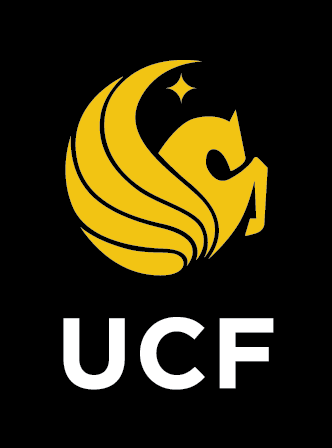| The Roadmap to Redesign (R2R): Frequently Asked Questions
Q. How is the Roadmap to Redesign different from the Pew Grant Program in Course Redesign?
A. In the Pew Grant Program in Course Redesign, the Center supported 30 institutions in redesigning large-enrollment, introductory courses in any discipline (as long as the course was a top 25 enrollment course). We asked each institution to invent its own redesign with the goal of achieving improved student learning and reduced instructional costs. We supported each institution in developing a redesign proposal, and we gave each institution a grant of $200,000 to implement its redesign. The planning period for each redesign was about seven months; the implementation period was about two years. We asked each institution to complete detailed assessment plans and three detailed progress reports.
In the Roadmap to Redesign, the Center will support 20 institutions in redesigning large-enrollment, introductory courses in four disciplines: precalculus mathematics, psychology, Spanish and statistics. We will offer each institution a menu of redesign options that will guarantee improved student learning and reduced instructional costs. We will support each institution in developing a redesign proposal, and we offer a rich array of learning resources to use in implementing its redesign. The planning period for each redesign will be about two months; the implementation period will be about 15 months. We will ask each institution to complete a specific assessment plan based on a choice of models and a brief final report.
Q. Will the Roadmap to Redesign offer grants?
A. No. Although the R2R program will not include direct monetary grants to participating institutions, there will be a tremendous amount of support available from the Center. Teams including faculty and other personnel from the institutions that have completed successful projects in the Program in Course Redesign will be available to work with applicants and new institutions as they make choices among the materials and proven models for their own redesigns. In addition, the experienced staff from the Center for Academic Transformation will provide individualized consultation and support, helping new institutions apply the streamlined redesign approaches in planning, implementation and assessment. The Center will also support institutional participation in three program workshops.
Q. Can a redesign be done without a grant?
A. The redesign process used in R2R will be streamlined so that institutions will be able to support the redesign internally rather than depending on an external grant. We believe that this is possible because we are able to provide institutions in R2R with many more resources than were available in the Pew-funded Program in Course Redesign. We now have successful models and materials as well as a process that has resolved many of the important planning, implementation and assessment issues. Some additional internal institutional support may be necessary, depending on the redesign model chosen and the level of available campus resources. Because institutions can now calculate with confidence the potential savings to be accrued from the redesign, they may want to "borrow" against those savings to support any aspects of the redesign that cannot be supported with existing resources.
Q. Will you consider advanced level courses in one of the four target disciplines as targets for redesign?
A. No. This program is oriented toward introductory undergraduate courses since these courses impact the largest number of students at any institution.
Q. Will you consider introductory courses in other disciplines as targets for redesign?
A. No. If the academic practice model proves to be successful, we anticipate starting practices in other disciplines in our next phase, beginning with humanities, biology and chemistry. At this point, however, R2R only applies to introductory courses in precalculus mathematics, psychology, Spanish and statistics.
Q. More than one department at our institution wants to submit a proposal. How many proposals will you allow from one institution?
A. Any institution may apply to join one, two, three or four of the academic practices.
Q. In the Program on Course Redesign, you required institutions to redesign the whole course (all sections). Is this a requirement in R2R?
A. While we will encourage institutions to redesign the whole course because doing so optimizes the benefits achieved, we will not require it. Some institutions may prefer to redesign a portion of the course to "test" the efficacy of the redesign before committing to redesigning the whole course, particularly when large numbers of students are involved.
Q. Are distance learning courses appropriate targets for this program?
A. There is no prohibition against redesigning distance-learning courses as long as the redesign can demonstrate both quality enhancement and cost savings. Several of the PCR institutions redesigned courses taught at a distance.
Q. Our consortium is interested in applying to the program. Can we apply as a consortium?
A. This program is focused on the individual course. While there is no prohibition against a consortium (or other form of collaborative effort) applying, it may create unnecessary complication in the process. For example, one would have to demonstrate institutional readiness for all institutions in the consortium rather than for a single institution.
Q. Where do I get an application and more information about the application process.
A. There is no application form. To be considered, the first step in the application process is for the campus provost or chief academic officer to send a brief narrative statement addressing the R2R readiness criteria and the application cover sheet. The narrative is due by April 1, 2004.
Still have a question? Contact Pat Bartscherer.
|
